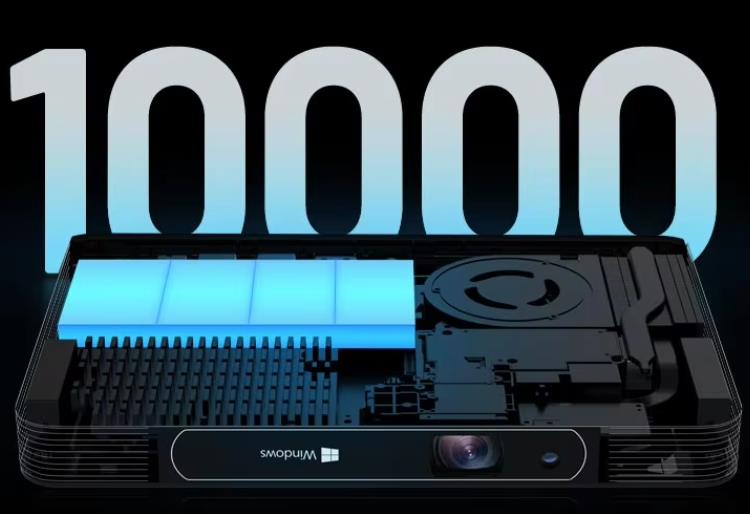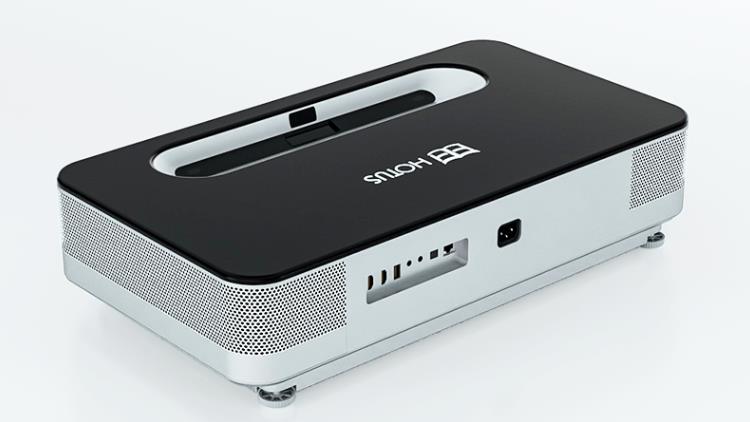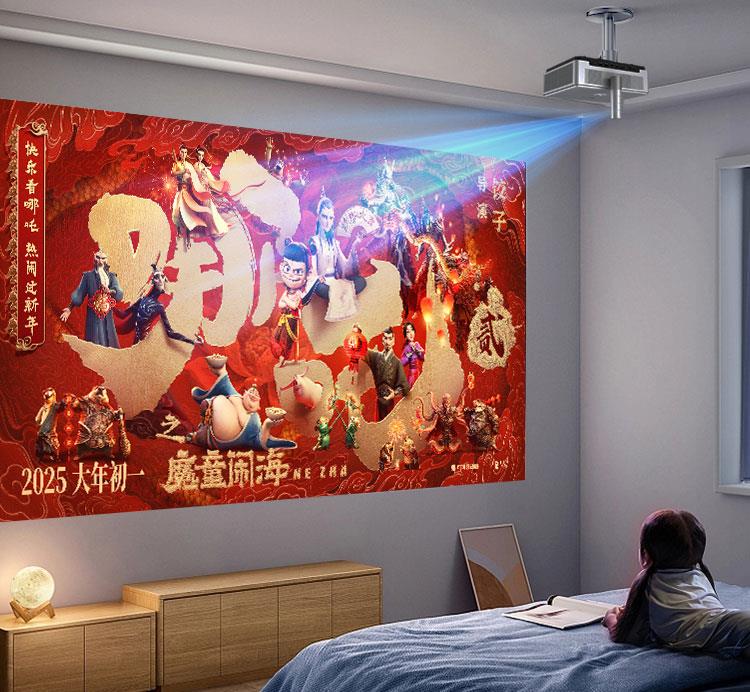- Select Language
In the digital age, projectors have become essential tools for home entertainment, business presentations, and educational environments. The most common projection technologies on the market include LCD (Liquid Crystal Display), DLP (Digital Light Processing), and laser projectors. Among them, DLP technology has stood out in the mid-to-high-end segment due to its unique advantages. This article dives into the core technology, notable strengths, and practical applications of DLP projectors, explaining why they are considered the ideal choice for the future of imaging.
LCD Projectors: Utilize transmissive LCD panels to control light, offering soft color output but suffering from visible pixel gaps and larger device size.
Laser Projectors: Employ laser light sources to achieve high brightness and long lifespan, but come with higher costs and potential speckle issues.
DLP Projectors: Rely on a DMD (Digital Micromirror Device) chip that uses millions of micro-mirrors to reflect light, offering both high resolution and compact design.
At the heart of DLP technology is the DMD chip, developed by Texas Instruments. Each chip features millions of microscopic mirrors, with each mirror representing a single pixel. These mirrors rapidly tilt to control the direction of light, and through color wheels or three-chip systems, full-color images are rendered. This digital process ensures high image precision and superior light efficiency.
The tightly packed micromirrors reduce pixel gaps to less than one micron, eliminating the "screen door effect." With contrast ratios up to 20,000:1, DLP projectors deliver deep blacks, crisp whites, and outstanding shadow detail.

Thanks to its efficient light path design, DLP projectors are significantly lighter and smaller than LCD models. For instance, the Hotus H2 weighs just 715g, making it perfect for outdoor use or mobile presentations. It also features a built-in 10,000mAh battery for extended operation.
With a sealed optical engine, DLP projectors prevent dust from entering, maintaining image clarity over time. The DMD chip can run reliably for over 100,000 hours, while the light source often exceeds 30,000 hours—ideal for frequent or long-term use.
Digital processing allows for rapid refresh rates and fluid motion, perfect for gaming or action movies. The simplified cooling system also results in quiet operation, typically under 30dB, ensuring an immersive viewing experience.
From 4K home theaters to high-lumen professional venues, DLP technology scales effortlessly. Three-chip DLP models deliver wider color gamuts for cinema-grade visuals, while single-chip units strike a balance of performance and affordability for classrooms and boardrooms.

Maintenance: DLP’s sealed design reduces dust-related issues, unlike LCD panels.
While laser sources offer long life and brightness, single-chip DLP systems paired with lasers can suffer from color separation. Meanwhile, triple-laser systems often face speckle issues. Advanced DLP solutions, such as six-segment color wheels, strike a better balance between cost and performance.

Look for Full HD or 4K resolution with at least 600 CVIA lumens for daytime viewing. A recommended model is the Hotus 1500.
Choose models with at least 3,000 lumens and features like dustproof design and long lamp life for reliable daily use.
Three-chip DLP projectors with ultra-high brightness and wide color gamut are ideal for cinemas, exhibitions, or large venues.
With a digital core, exceptional image quality, and versatile applications, DLP projectors are redefining the projection experience. Whether you're a home theater enthusiast or a business professional, DLP technology offers powerful performance and innovative features to enhance your life and work. In a world of constant tech evolution, choosing DLP means embracing a future-proof visual lifestyle.